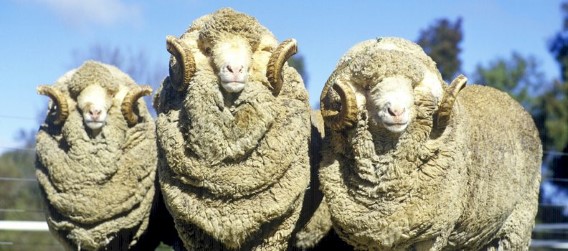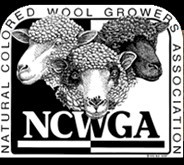Merino Sheep are one of the most popular breeds of
sheep worldwide. Merino Sheep are raised predominately for wool production.
Their wool is prized for being very soft and comfortable against the skin. Merino
Sheep originated in Spain, but the modern Merino was domesticated in Australia.
Merino Sheep are excellent foragers and very adaptable. Merino
Sheep need to be shorn at least once a year because their wool does not stop
growing. If their coat is allowed to grow, it can cause heat stress, mobility
issues, and blindness.
There are multiple sub-species of Merin
Poll Merino - this is a comparatively new addition to the
breed of merino sheep. It is bred for the ease of handling and lack of horns on
the rams.
Fonthill Merino - this subbreed of sheep was created by
crossing an American bred merino with a Saxon strain that is known for its fine
wool.
Boorla Merino - this strain of merino sheep has a long
breeding season and is extremely fertile.
Merino Sheep were developed in the 13th and 14th centuries
by Spanish breeders who crossbred English sheep with local breeds. Spain became
noted for its fine wool (spinning count between 60s and 64s) and built up a
fine wool monopoly between the 12th and 16th centuries, with wool commerce to
Flanders and England being a source of income for Castile in the Late Middle
Ages. Most of the flocks were owned by nobility or the church.
Over time Merino Sheep spread to royal herds in many
countries such as Germany, England, France, and even as far as South Africa.
In 1796, John Macarthur bought his
first merino sheep from a flock of Spanish merino sheep reared in South Africa.
Other farmers in the region also bought merino sheep in 1796, but they
cross-bred their merinos with other breeds, which resulted in coarse wool of a
low quality.
Macarthur deliberately did not cross-breed his merinos and
he and his wife, Elizabeth, worked hard to establish their flock. This hard
work soon began to pay off for the Macarthurs and by 1803, their flock numbered
over 4,000 almost-pure merinos. In subsequent years they bought merinos from
flocks in various locations which meant that the bloodline of the flock – and
therefore the health of their sheep and the quality of their wool – was
strengthened and improved over time. In 1807, the Macarthurs sent their first
bale of wool to England.
John Macarthur returned to England. In 1801 he was sent to
London to be court-martialed (as he was still an officer with the Corps) for
involving himself in a duel. He was not only able to get the charges against
him dropped, but also secured approval from Lord Camden to establish a large
sheep-run south of Sydney, which he named Camden Park on his return in 1805.
During this time Elizabeth ran the farm. Although she had
many laborers and servants, she was deeply involved in its running and managed
all aspects of its day-to-day operation.
In 1802 Merino sheep were introduced to Vermont, USA. This
ultimately resulted in a boom-bust cycle for wool, which reached a price of 57
cents/pound in 1835. By 1837, 1,000,000 sheep were in the state. The price of
wool dropped to 25 cents/pound in the late 1840s. The state could not withstand
more efficient competition from the Western states, and sheep-raising in
Vermont collapsed.
However at the same time wool demand increased in Australia
and the Macarthurs' high quality wool was bought at a premium price upon its
arrival in England and the family quickly became the wealthiest in New South
Wales.
John Macarthur died at Camden Park in 1834 and his wife,
Elizabeth, died in 1850 in Sydney. The Macarthurs descendants continued to farm
merinos and continued to live at Camden Park. The merino sheep still thrives in
Australia; since 1796 their numbers have continued to swell and average well
over 100 million.
In the 1880s, Vermont rams were
imported into Australia from the U.S.; since many Australian stud men believed
these sheep would improve wool cuts, their use spread rapidly. Unfortunately,
the fleece weight was high, but the clean yield low, the greater grease content
increased the risk of fly strike, they had lower uneven wool quality, and lower
lambing percentages. Their introduction had a devastating effect on many famous
fine-wool studs.
Today Merinos are found worldwide and
are major wool Sheep breed in many countries.
Modern technology has made it possible to sort and select
only the finest merino fibers. Merino wool has a microscopic diameter - about
one-third to one-tenth the thickness of human hair. The smaller the diameter,
the finer, softer and less scratchy the fabric will be.
Lustrous merino wool produces fabric that can be worn next
to the skin without discomfort, is soft and always provides an exceptional hand
and distinctive style. In the dress-goods and knitting trades, the term
‘Merino’ implies an article made from the very best soft wool. Extra fine
Merino is super-premium wool used in the highest quality knits.

